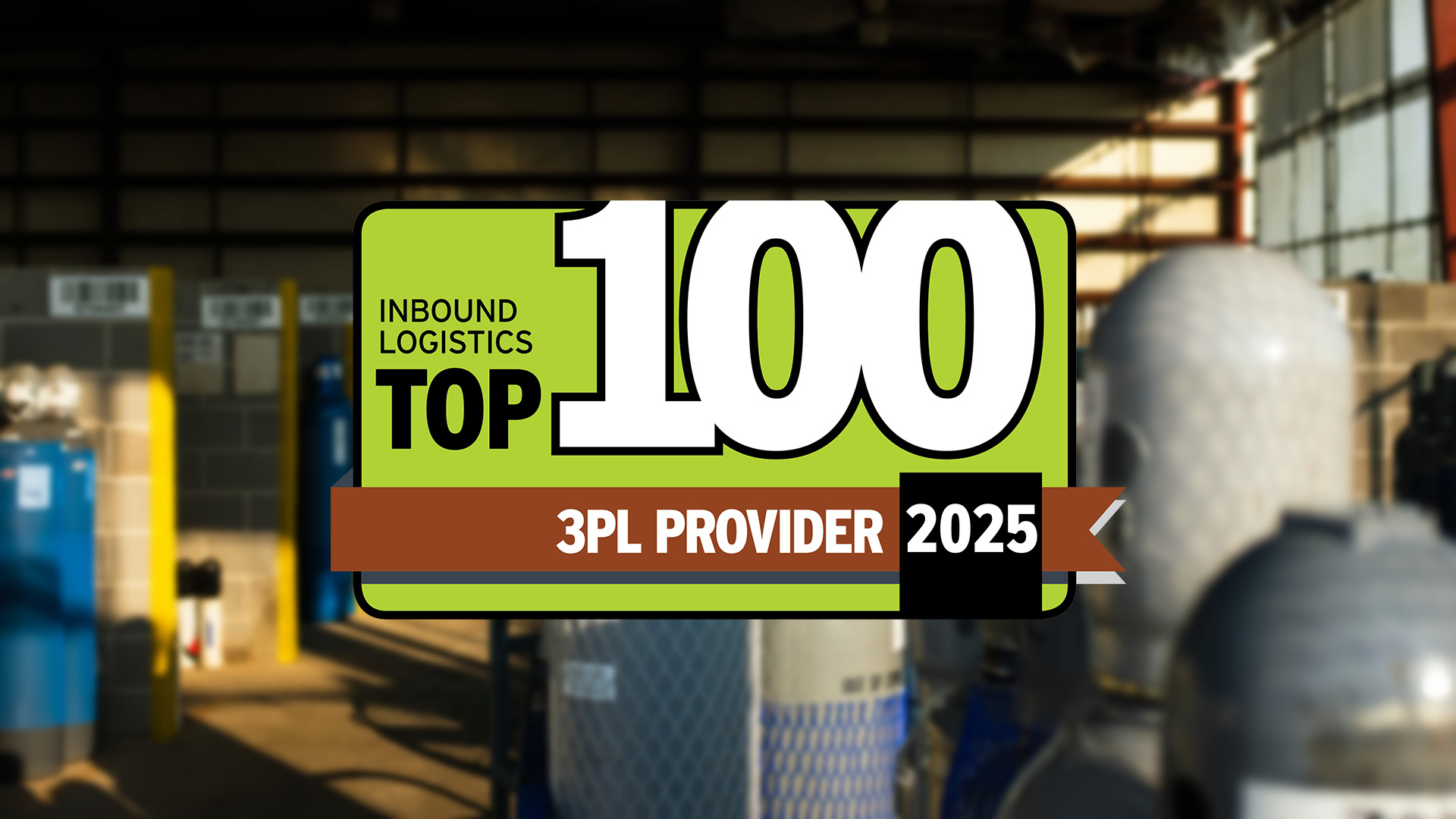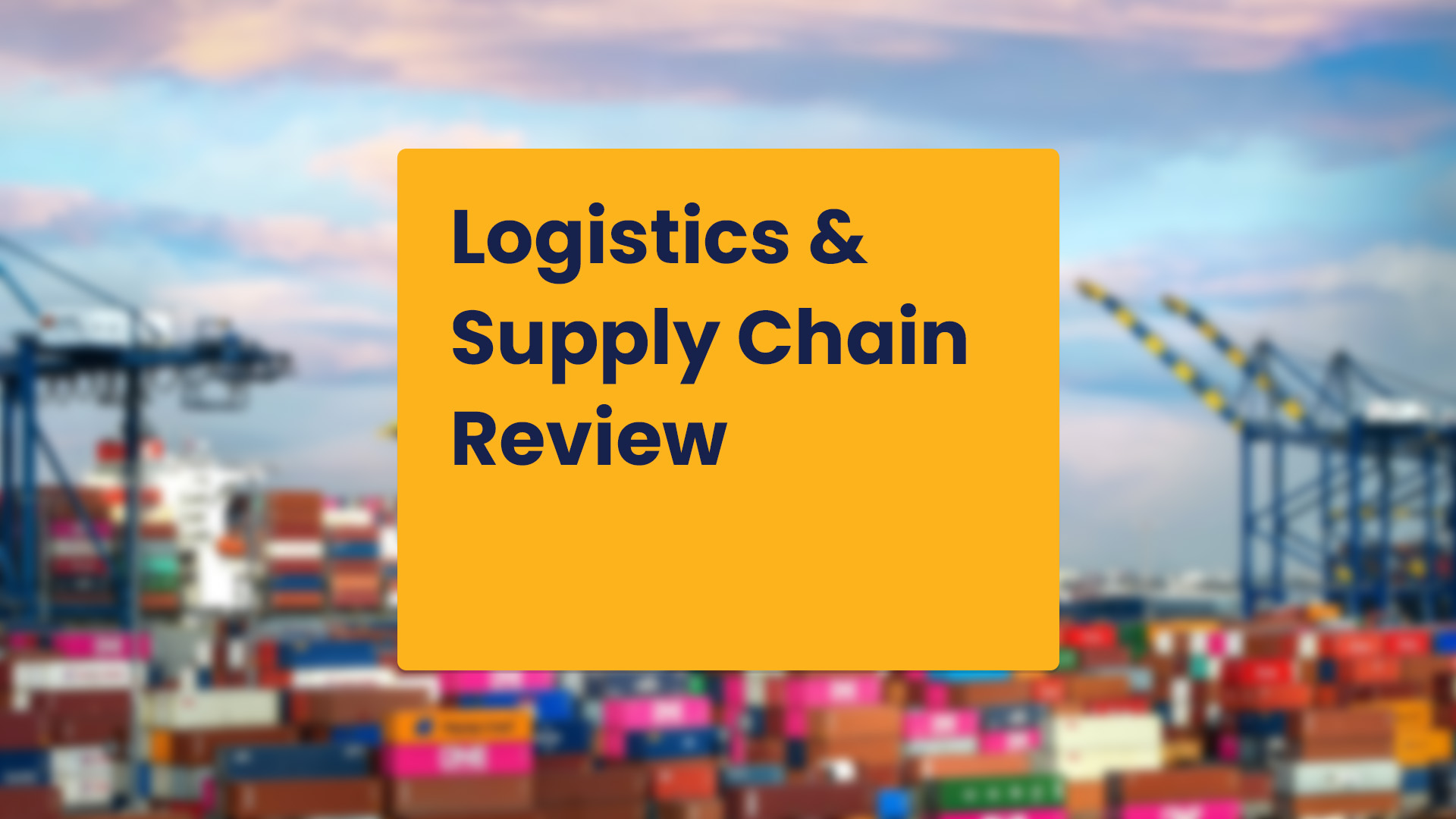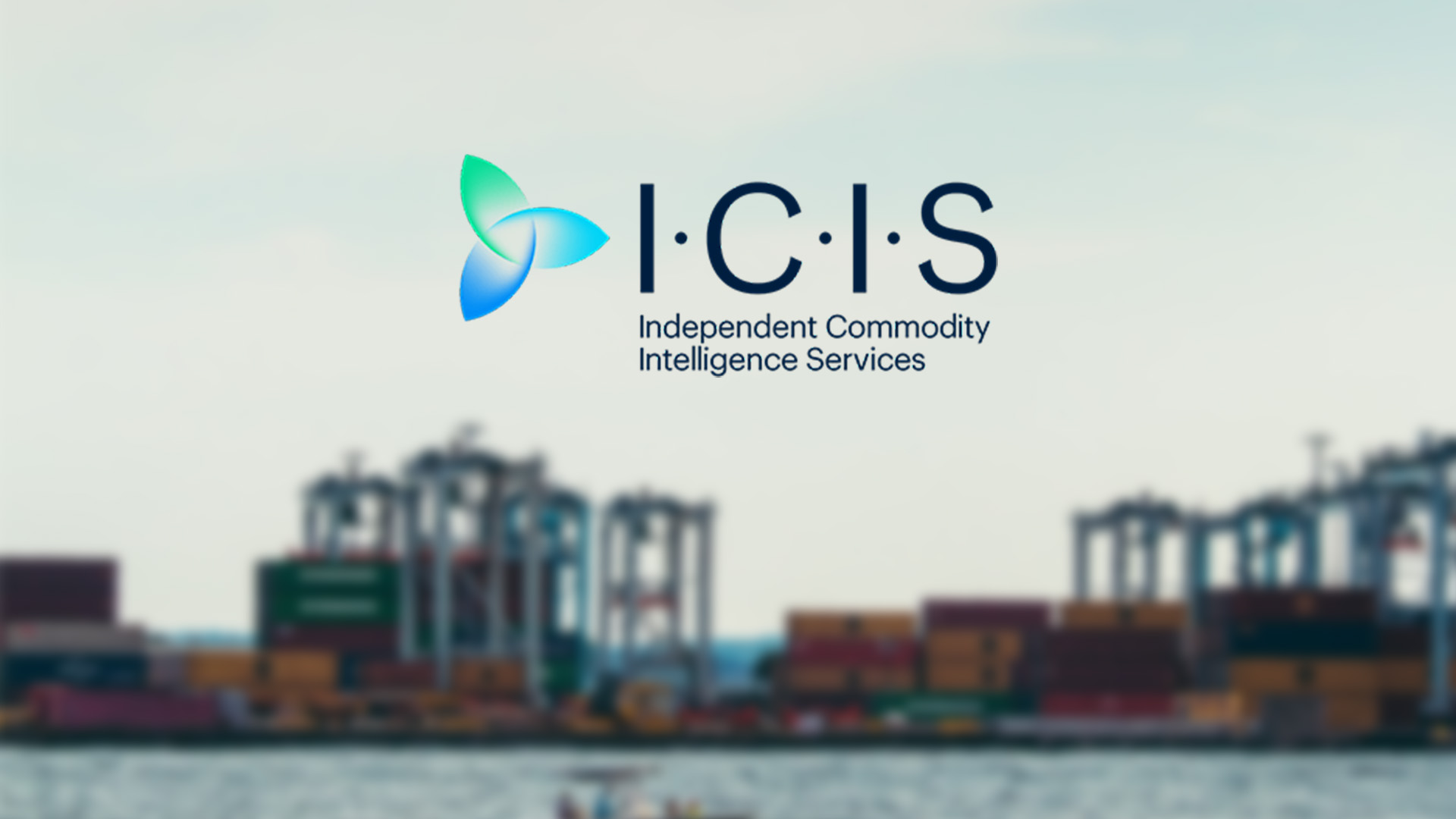In the world of chemical warehousing, staying compliant with regulations is not just a legal obligation; it's a crucial aspect of ensuring safety, protecting the environment, and maintaining the reputation of your business. The landscape of chemical regulations is constantly evolving, presenting unique challenges for companies in the industry.
Rinchem will explore the significance of understanding and adhering to local, national, and international regulations in chemical warehousing. We'll also provide valuable insights and practical tips to help companies navigate these compliance challenges and avoid common pitfalls. This will help to protect your employees, the environment, and your business.

The Ever-Changing Regulatory Landscape
Chemical regulations are dynamic, with new laws, standards, and requirements emerging regularly. These regulations can stem from various sources, including government agencies, international organizations, and industry associations. For chemical warehousing companies, failing to keep up with these changes can lead to severe consequences, such as fines, legal liabilities, and reputational damage.
Understanding Local, National, and International Regulations
-
Local Regulations
These regulations are typically set by the city or county where the chemical warehouse is located. Local regulations often dictate how chemicals are stored, handled, and transported within a specific region. These regulations can vary significantly from one jurisdiction to another. It's essential to identify the relevant local agencies and authorities responsible for overseeing chemical safety and compliance. This may include city or county agencies that set zoning requirements, fire departments responsible for hazard classifications, and health departments ensuring employee safety.
-
National Regulations
These regulations are set by the federal government. In the United States, National agencies such as the Environmental Protection Agency (EPA), play a central role in regulating chemical safety and environmental protection. Companies must understand national laws related to chemical registration, labeling, storage limits, and reporting. These regulations can cover aspects ranging from hazardous waste management to air emissions control. Additionally, if you are a global organization, you must be sure to abide by the regulations set forth by every individual county.
-
International Regulations
These regulations are usually determined by international organizations, such as the United Nations (UN). Chemical warehousing companies operating globally must navigate an intricate web of international regulations. For instance, the Globally Harmonized System of Classification and Labelling of Chemicals (GHS) establishes uniform criteria for classifying and labeling chemicals worldwide. Additionally, international treaties like the Rotterdam Convention and the Basel Convention regulate the transboundary movement and disposal of hazardous chemicals and waste.
Tips for Ensuring Compliance
-
Identify The Specific Regulations That Apply to Your Business
The specific regulations that apply to your business will depend on the types of chemicals you store, the quantities you store, and the location of your warehouse. It is important to carefully review all applicable regulations to ensure compliance. Again, regulations change from location to location, so it’s important to review individual regulations based on the city and country.
-
Designate a Compliance Officer
Appoint a knowledgeable compliance officer or team responsible for tracking and understanding the impacts of various regulations. This individual or team can ensure that your company's practices align with the latest requirements.
-
Stay Up to Date on Changes and Regulations
Regulations are constantly changing, so it is important to stay up to date on the latest changes. You can do this by subscribing to industry publications, attending conferences, and networking with other professionals in the chemical warehousing industry.
-
Implement a Compliance Management System
A compliance management system is a set of procedures and processes that help businesses to comply with regulations. A well-designed compliance management system can help you to identify and mitigate risks, track your progress, and demonstrate compliance to auditors. Maintaining accurate records of your chemical inventory, storage conditions, handling procedures, and disposal methods is critical to compliance. Proper documentation not only aids in compliance but also serves as evidence of your commitment to safety and environmental responsibility.
For example, Rinchem Company developed technology that allows us to run reports and provide exact data on the regulated chemicals we store. In partnership with CAS, Rinchem references the CAS Registry Numbers to revolutionize how we track, and report regulated materials, enhancing compliance, and improving safety in our chemical supply chain.
-
Conduct Regular Audits
Regular audits of your chemical storage and handling practices can identify potential compliance gaps. Create a checklist based on relevant regulations and perform internal audits to address any shortcomings promptly.
-
Training
Educate your staff about the importance of compliance and the specific regulations that apply to your operations. Regular training sessions can enhance employee awareness and contribute to a culture of safety and compliance.
Common Pitfalls to Avoid
- One-Size-Fits-All: Don't assume that a compliance strategy that works in one location will automatically apply elsewhere. Tailor your approach to the specific regulations of each jurisdiction.
- Ignoring Updates: Failing to stay updated on regulatory changes can lead to outdated practices that put your operations at risk. Regularly review and adapt your processes as new regulations come into effect.
- Incomplete Training: Inadequate employee training can lead to mistakes that result in non-compliance. Ensure that all employees understand their roles in maintaining compliance and are trained to handle chemicals safely.
- Lack of Documentation: In the event of an inspection or audit, the absence of proper documentation can raise red flags. Keep detailed records to demonstrate your commitment to compliance.
- Label All Chemicals Properly All chemicals must be labeled with their proper name, hazard class, and other important and required regulated information.
- Store Chemicals in Separate Areas Chemicals should be stored in separate areas based on their hazard class. This will help to prevent accidents and spills.
- Provide Adequate Ventilation Chemical warehouses must have adequate ventilation to prevent the buildup of hazardous fumes.
- Train Your Staff All staff who work in a chemical warehouse must be trained and certified on the safe handling of chemicals.
- Have A Spill Plan in Place In the event of a spill, you must have a plan in place to contain and clean up the spill.
Conclusion
Navigating compliance and regulatory challenges in chemical warehousing requires a proactive and vigilant approach. Understanding local, national, and international regulations is the foundation of a successful compliance strategy. By staying informed, designating responsible individuals, conducting audits, and investing in employee training, companies can ensure that their chemical warehousing practices align with the latest standards. In doing so, they not only mitigate risks and avoid costly penalties but also contribute to a safer environment and a more sustainable future.
Get more articles like this in your inbox
Sign up for our monthly newsletter
Find more articles



